The minimum sampling rate needed is twice the highest frequency of the spectrum of the signal you wish to measure. If the highest frequency in the spectrum of the signal is 10kHz then you need to sample at least twice as high (20,000 times per second) in order to avoid aliasing.
Most folk go a bit better than this and, for instance, CD's sample audio at 44.1k samples per second and expect to be able to reproduce an audio spectrum that goes from DC to 20kHz. that's 2.205 times higher than 20kHz. Here's an example picture: -

It shows a benefit for oversampling in that the filtering used to recover an audio signal after a DAC is more easily designed and uses fewer components (take my word for it). I'm involved a lot with sampling analogue signals and we place a minimum sampling rate at 2.5 times to make reconstruction of the signal after leaving the DAC a relatively easy process.
Under-sampling is to be avoided unless you are designing (eg) software radios which rely on under-sampling as a means for demodulation. This is what happens: -

The red signal is the original and it is under-sampled at the blue-dot points - when this is reconstructed by a low pass filter the blue signal is generated and clearly this does not look like the original signal! If you sampled a sine wave exactly at twice its frequency then you'll get a dc level somewhere between -pk and +pk.
Strictly speaking, both CDs and the systems I work on "over-sample" and of course everyone else does to a lesser or greater extent.
So, the benefit of over-sampling is: -
- improved signal-to-noise ratio,
- ability to recover signals that are less than one quantization step in amplitude (called dithering and also used in digital audio on CDs),
- simpler reconstruction filters (analogue and digital domain),
- DAC sinc-compensation filter less likely to be needed.
I'm not going to go too deep into this as you are probably a beginner in this subject but please ask if you need more info.
EDIT - following the amendment by the OP: -
If we want to measure 50 Hz AC signal, we set ADC's sample rate to
1000 Hz, and sample 10 cycles, that is (1000 Hz / 50 Hz) x 10 = 200
samples. If the result is not good, increase the cycles to 100, etc.
Yes, he only increases the samples, but not the sample rate!
Sampling more cycles of a 50Hz waveform may or may not give you what you want. For instance, the RMS value from one cycle can be calculated as X but the next cycle it could be fractions higher or lower. Another problem is that sampling several cycles (or even 1 cycle) may result in only a partial coverage of exact cycles and this will give another error. How you would know that the result is not good is another thing and this I rely on the OP in explaining.
One thing can be said though, if the signal is stable (frequency and voltage and shape) over several cycles, then sampling more cycles improves accuracy.


